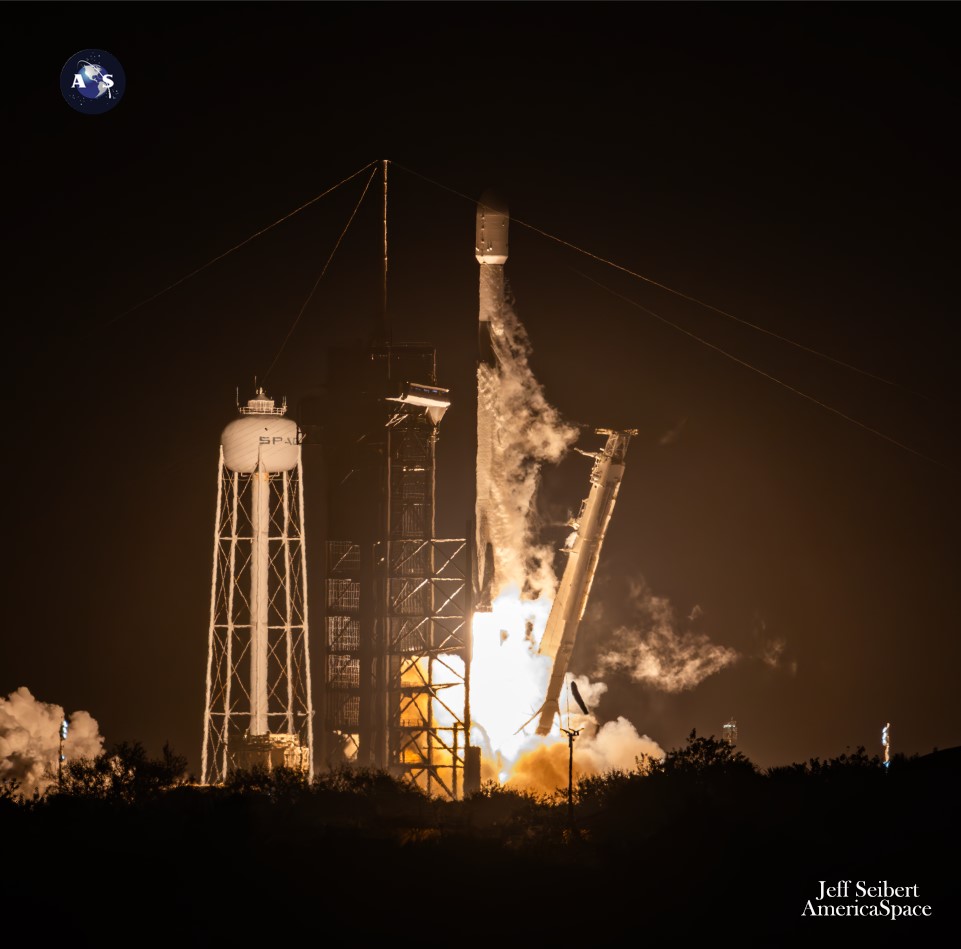
Weather remains the watchword as SpaceX aims for late Friday to launch its ninth Falcon 9 mission of March, with Central Florida expected to be battered in the coming hours by a mix of gusty winds, showers and isolated thunderstorms. Laden with 23 Starlink internet communications satellites, fleet workhorse B1060—the fourth booster to reach a life-leading 19th launch and the third to do so this year—is set to lift off from historic Pad 39A at Florida’s Kennedy Space Center (KSC) during a four-hour “window” that extends from 7:57 p.m. EDT through 11:55 p.m. EDT Friday, with additional opportunities set to open at 7:29 p.m. EDT Saturday.
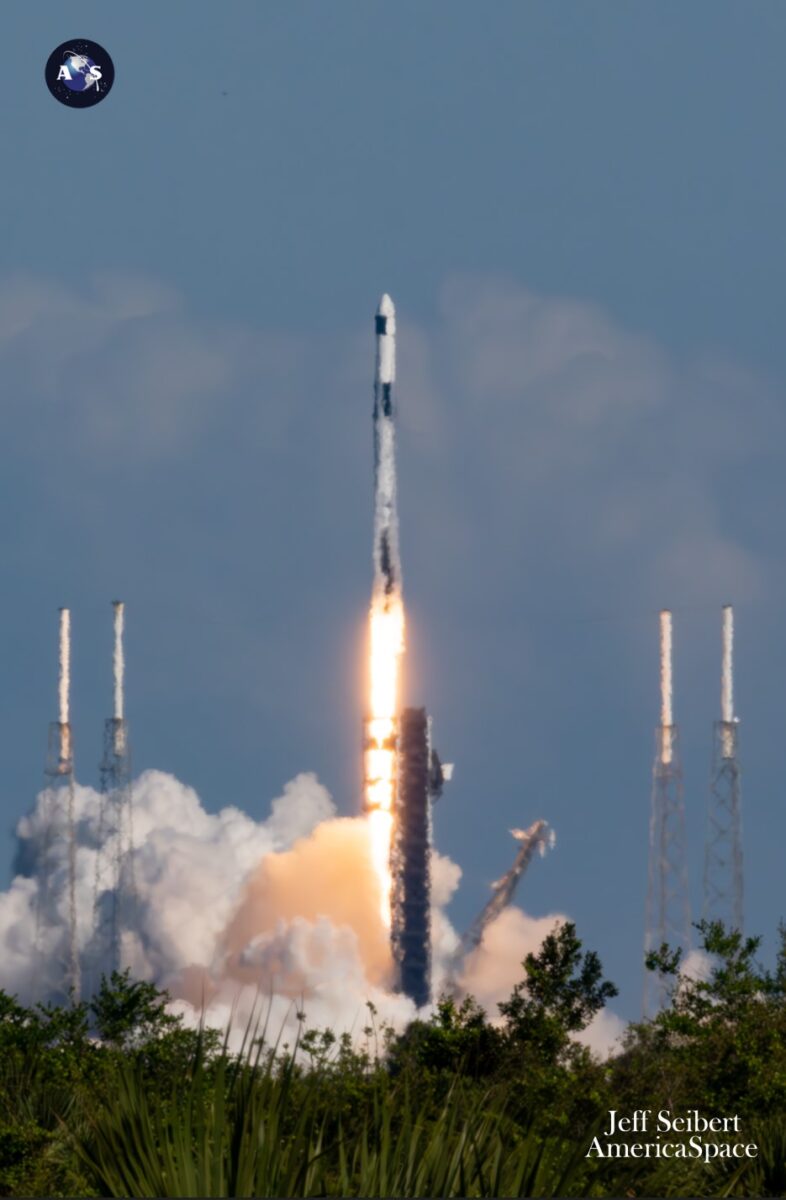
But following the beautiful weather and near-perfect blue skies that backdropped Thursday’s late afternoon launch of the CRS-30 cargo resupply mission to the International Space Station (ISS), Mother Nature threatened a different face for Friday. “Conditions will deteriorate through the day Friday as the Gulf Low moves northeast,” noted the 45th Weather Squadron at Patrick Force Base, “bringing gusty winds, showers and isolated thunderstorms across Central Florida.”
In its summary, the 45th added that its 25-percent Probability of Go prediction for Friday was aided by B1060’s lengthy launch window. “There will likely be gaps in the unfavorable conditions that can be exploited during the ~4-hour window,!” it was added.
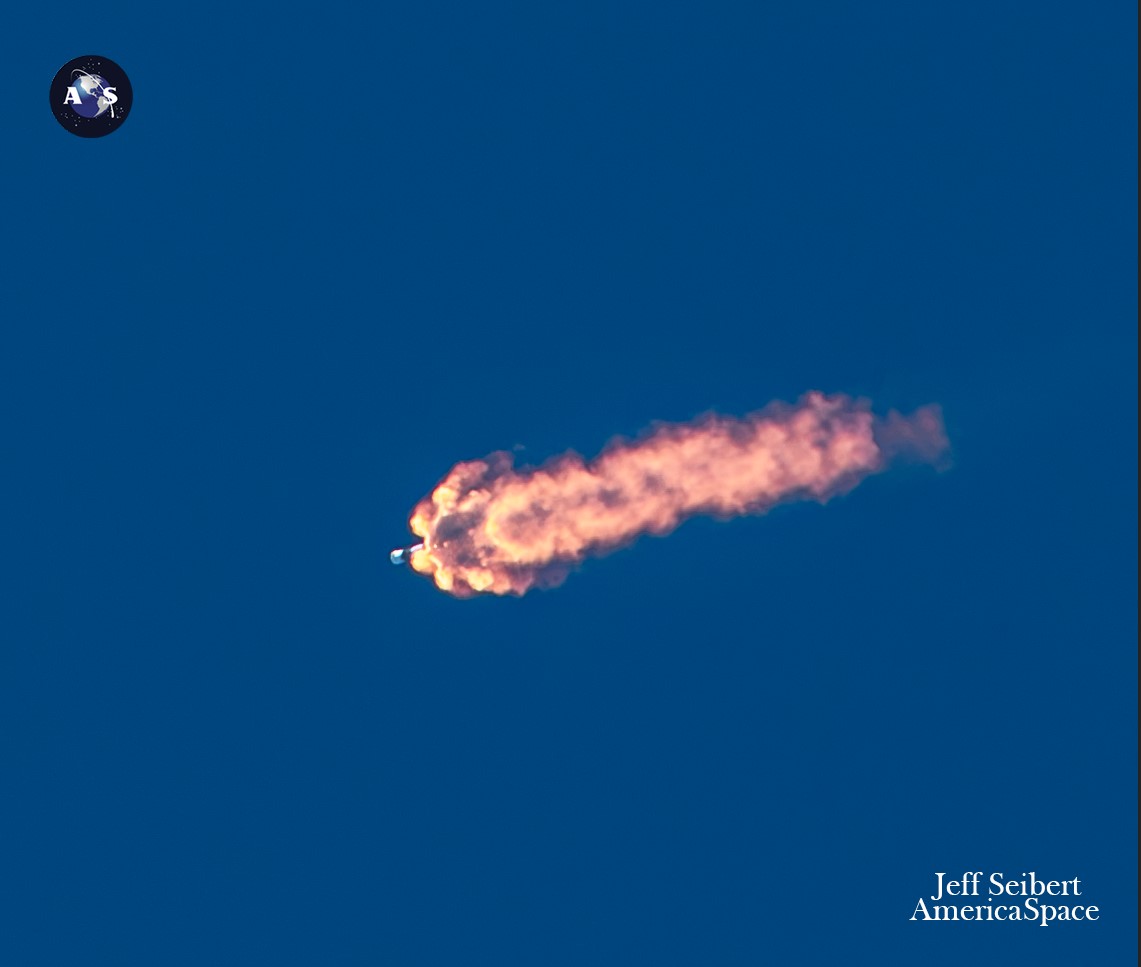
“The primary weather concerns for a Friday evening launch attempt include Liftoff Winds, as well as the Anvil and Cumulus Cloud Rules.” Conditions are set to improve to 70-percent-favorable on Saturday, as the low-pressure system responsible for all the trouble begins to track northwards along the U.S. Eastern Seaboard.
It has been an impressive March for SpaceX so far, not least following last week’s third Integrated Flight Test (IFT-3) of a full Starship/Super Heavy “stack” out of Starbase in Boca Chica, Texas. The 394-foot-tall (120-meter) behemoth roared aloft on 14 March under 16.7 million pounds (7.5 million kilograms) of thrust, completing a full-duration Super Heavy burn profile and a successful hot-staging and full-duration burn by the Starship itself, although both vehicles broke up during their return to Earth.
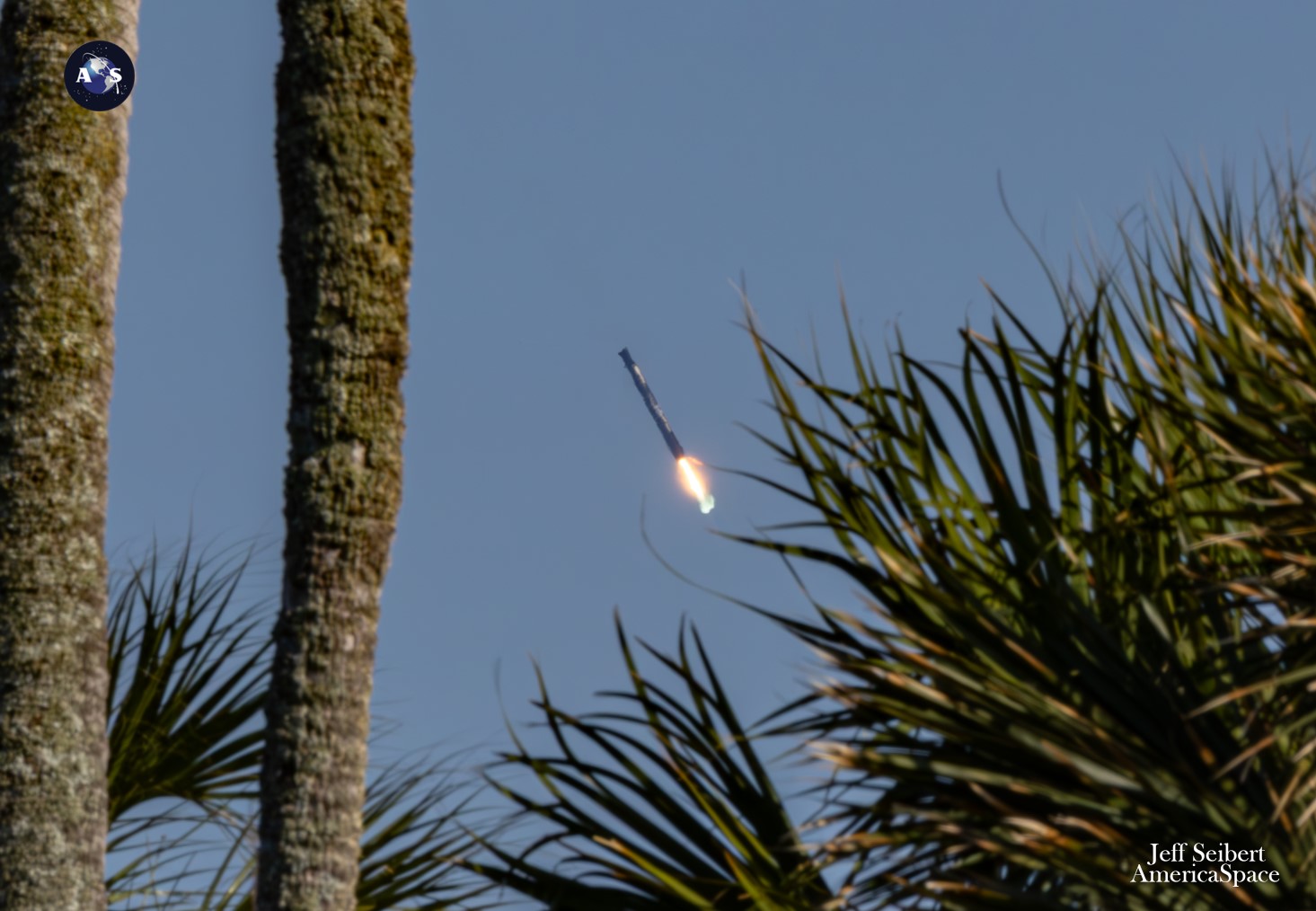
Added to that list, seven Falcon 9s have delivered dozens of Starlinks, the 53-payload Transporter-10 stack and crewed and uncrewed missions to the International Space Station (ISS). Significantly, a trio of launches from the East and West Coasts earlier in March set a new record of only one hour and 51 minutes between a pair of Falcon 9 flights and a new record of 20 hours and three minutes between three back-to-back missions.
In readiness for tonight’s launch, the Autonomous Spaceport Drone Ship (ASDS), “Just Read the Instructions”, departed Port Canaveral on Tuesday, bound for a recovery position about 390 miles (630 kilometers) offshore in the Atlantic Ocean. The mission will mark the record-tying 19th launch by B1060 which entered service in June 2020 and has to date delivered more than 600 Starlinks to orbit, as well as a pair of multi-payload Transporter “stacks”, two geostationary communications satellites, the third Block III Global Positioning System (GPS) mission for the U.S. Space Force and most recently last month’s launch of the Intuitive Machines IM-1 Odysseus lunar lander.
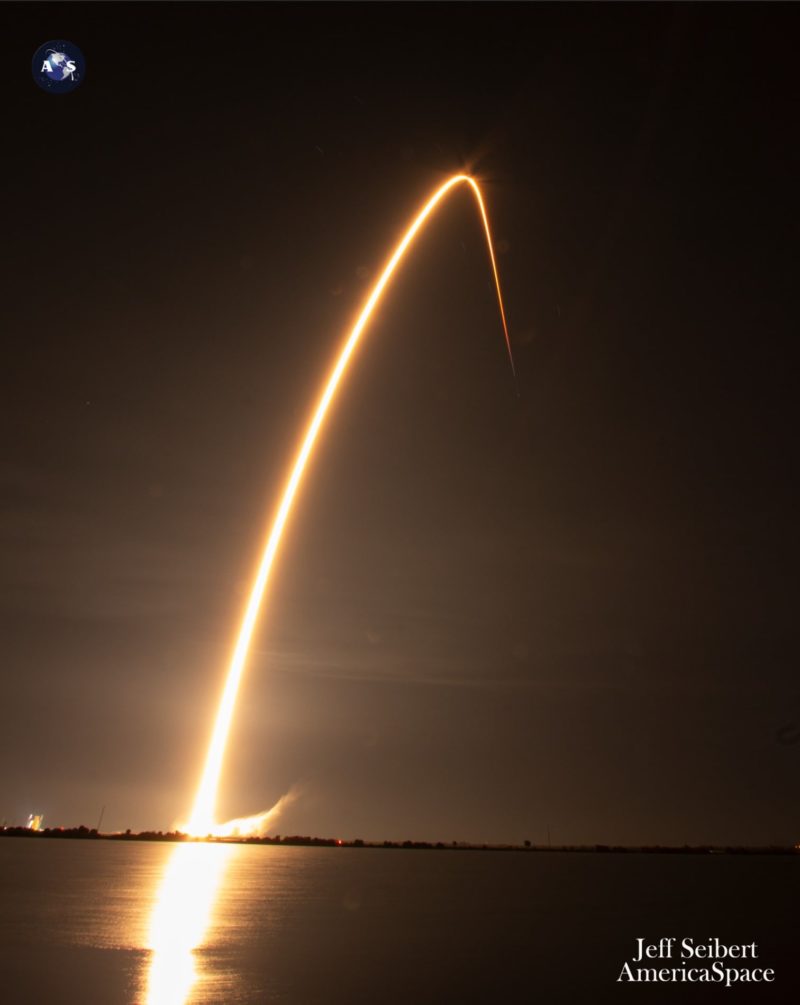
Notably, in February 2021 she became the first booster in the fleet to log two launches under a month apart and was the first Falcon 9 to reach a 13th launch in June 2022. To date, her raft of flown missions have ended with 15 droneship landings and three pinpoint touchdowns on solid ground at the Cape.
Assuming an on-time launch later tonight, B1060’s stack of 23 Starlinks will be deployed about 65 minutes into the flight, bringing to over 400 the sum total of these flat-packed satellites to have been launched so far this spring. And more than 6,000 Starlinks have so far been lofted to orbit by 148 Falcon missions since May 2019.
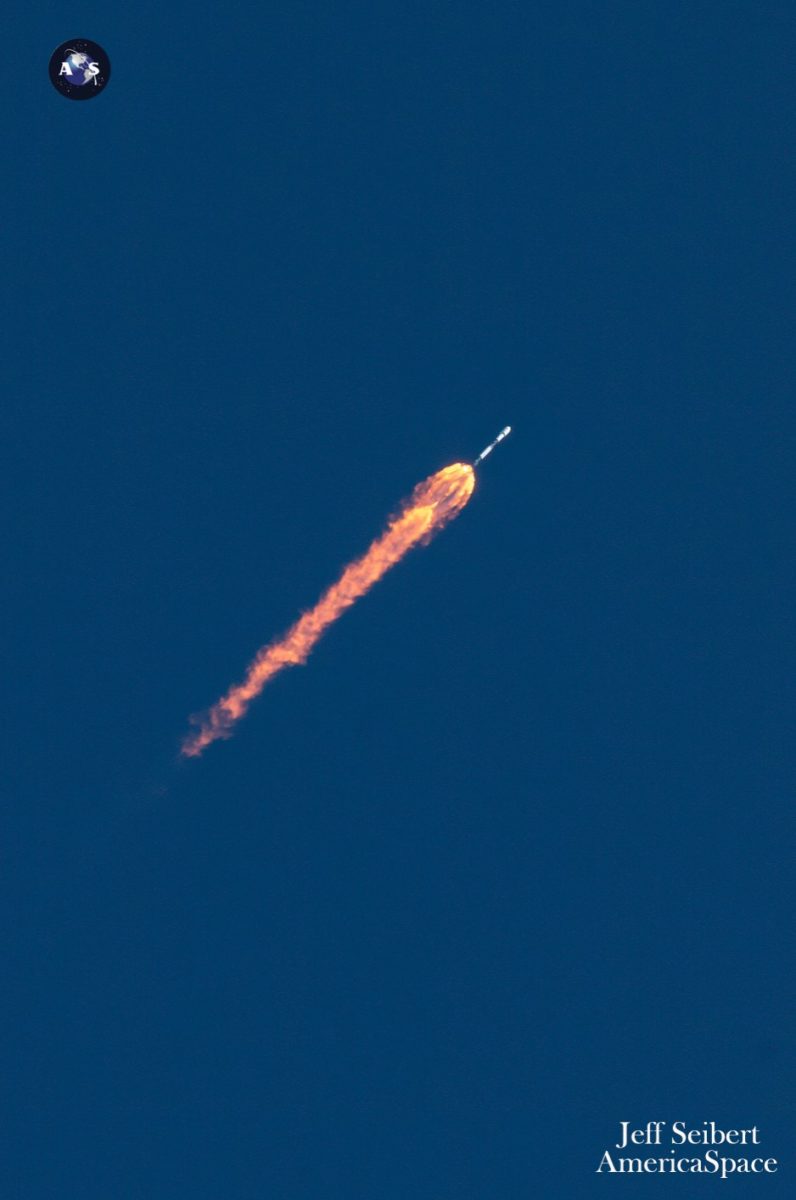
As a network, Starlink enables high-speed and low-latency internet provision to over 70 sovereign nations and international markets in North and South America, Europe, Asia, Oceania and Africa. Landlocked Eswatini—formerly Swaziland—in southern Africa and Honduras and Paraguay joined Starlink in December and SpaceX revealed that network availability was extended to Mongolia in March 2024.
The downsized V2 Mini satellites, first flown in February of last year, boast three to four times greater “usable” bandwidth than earlier Starlink iterations. “V2 Minis include key technologies—such as more powerful phased-array antennas and the use of E-Band for backhaul—which will allow Starlink to provide 4x more capacity per satellite than earlier iterations,” SpaceX explained. “Among other enhancements, V2 Minis are equipped with new argon Hall thrusters for on-orbit maneuvering.”
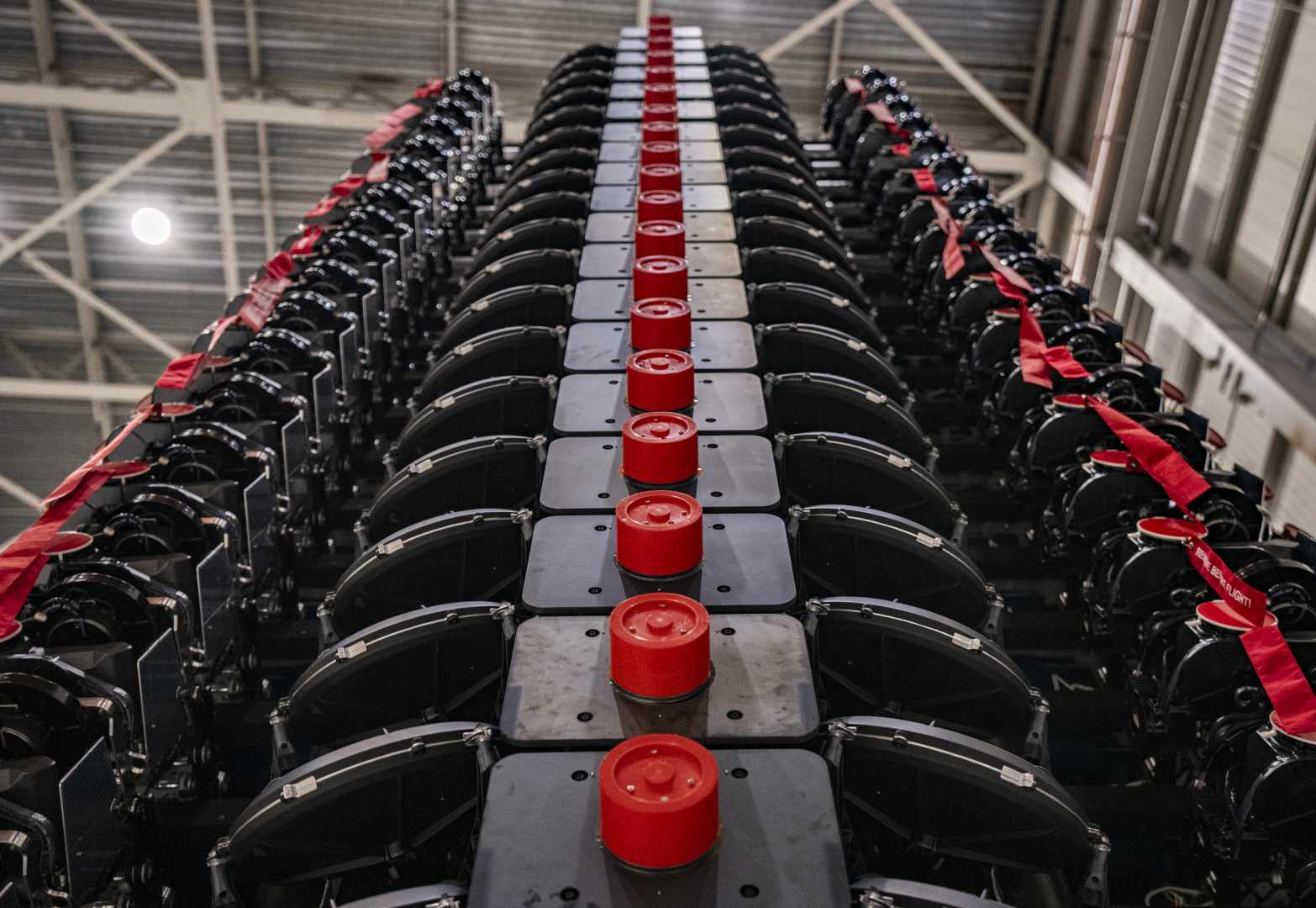
Florida-based intercity operator Brightline adopted Starlink on its trains in 2023, the first passenger rail service in the world to do so. Additionally, El Salvador’s Ministry of Education has begun integrating Starlink capability into its schools to help close the digital divide between urban and remote rural communities and 50 Rwandan schools are now connected via Starlink’s high-speed internet service.
And in January, SpaceX lofted its first six “Direct-to-Cell” Starlinks, which permit mobile network providers to offer “seamless global access to texting, calling and browsing”, whether “on land, lakes or coastal waters”, without the need to change hardware or firmware. Within six days of that first launch, SpaceX engineers sent and received their first text messages via Direct-to-Cell and as of March Starlink reportedly has about 2.6 million registered subscribers or customers worldwide.




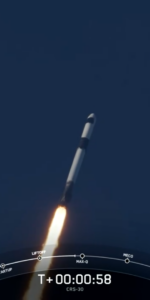

2 Comments
Leave a Reply2 Pings & Trackbacks
Pingback:SpaceX Targets Falcon 9 Launch Tonight, Weather Looks Dicey - news.iNthacity
Pingback:Space Station Welcomes Cargo, Awaits Crew Arrival - AmericaSpace